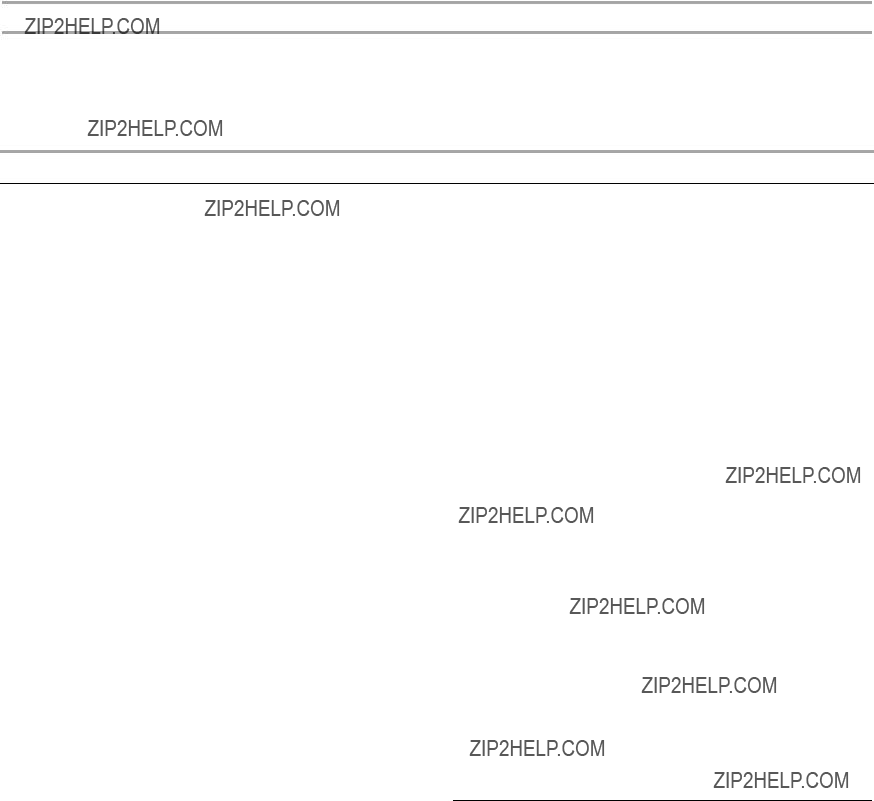6.Tighten to 20 to 30 ft lbs. Use backup wrench on all wrench flats.
NOTE: Overtightening may crush the Teflon?? seal and cause a leak.
7.Connect the external equalizer line to the equalizer port on the suction line.
8.Tighten to 8 ft lbs.
9.Attach the superheat sensing bulb to the suction header with the strap provided with the thermal expansion valve.
A B
F
C
E
D
NOTE: If installing a thermal expansion valve on an indoor coil that previously used a fixed orifice, be sure to remove the existing fixed orifice. Failure to remove a fixed orifice when installing a thermal expansion valve to the indoor coil may result in improper operation and damage to the system.
Connect Liquid and Suction Lines
1.Route the suction and liquid lines from the fittings on the indoor coil to the fittings on the heat pump. Run the lines in as direct a path as possible, avoiding unnecessary turns and bends.
2.For product efficiency, be sure that the suction line is insulated over the entire exposed length and that both suction and liquid lines are not in direct contact with floors, walls, ductwork, floor joists, or other piping.
3.Remove valve cores.
4.Wrap the service valves with a wet rag.
5.Connect the suction and liquid lines, using a brazing compound. Braze with an alloy of silver or copper and phosphorus with a melting point above 1,100??F.
NOTE: Do not use soft solder.
6.Make sure indoor coil has been put in place according to the Installation Instructions and is connected to the refrigerant lines.
7.Replace valve cores.
8.Pressurize the lines and indoor coil with a pressure not to exceed 20 psig.
9.Leak test the lines with a pressure not to exceed 20 psig.
10.Evacuate the indoor coil and lines to a minimum of
500 microns to remove contamination and moisture, then disconnect the vacuum pump.
11.Open the suction and liquid service valves fully.
12.Insulate the suction line with refrigerant line insulation material of ????????" or more wall thickness.
13.Pack insulating material around refrigerant lines where they penetrate the structure to protect the lines and to minimize vibration transmission.
Refrigerant Charge
Refrigerant lines must be connected by a licensed, EPA certified refrigerant technician in accordance with established procedures.
IMPORTANT:
???Refrigerant charge adjustment will be required for line set lengths greater than 15 ft and for evaporator coils not matched to the systems.
???The heat pump is factory charged with the proper refrigerant charge amount for a matching evaporator and 15 ft of refrigerant line. Refer to the heat pump rating plate for the exact amount of this factory charge.
???Adjustment of the refrigerant charge will be necessary based on the system combination and line length. To adjust the refrigerant size for increased line lengths, add the following amount of refrigerant.
For line set lengths greater than 15 ft, add refrigerant by weighing in 0.60 oz per ft of ????????" O.D. liquid line.
???If necessary, adjust the refrigerant charge for compatibility with the evaporator coil.
???In heat pump systems, horizontal suction lines should be slightly sloped toward the heat pump. Piping must avoid dips or low spots, which can collect oil.
Check Charge Using Normal Operating Pressures
Use Normal Operating Pressures chart to perform maintenance checks.
NOTES:
???The Normal Operating Pressures chart is not a procedure for charging the system.
???Minor variations in these pressures may be due to differences in installations.
???Significant deviations could mean that the system is not properly charged or that a problem exists with some component in the system.
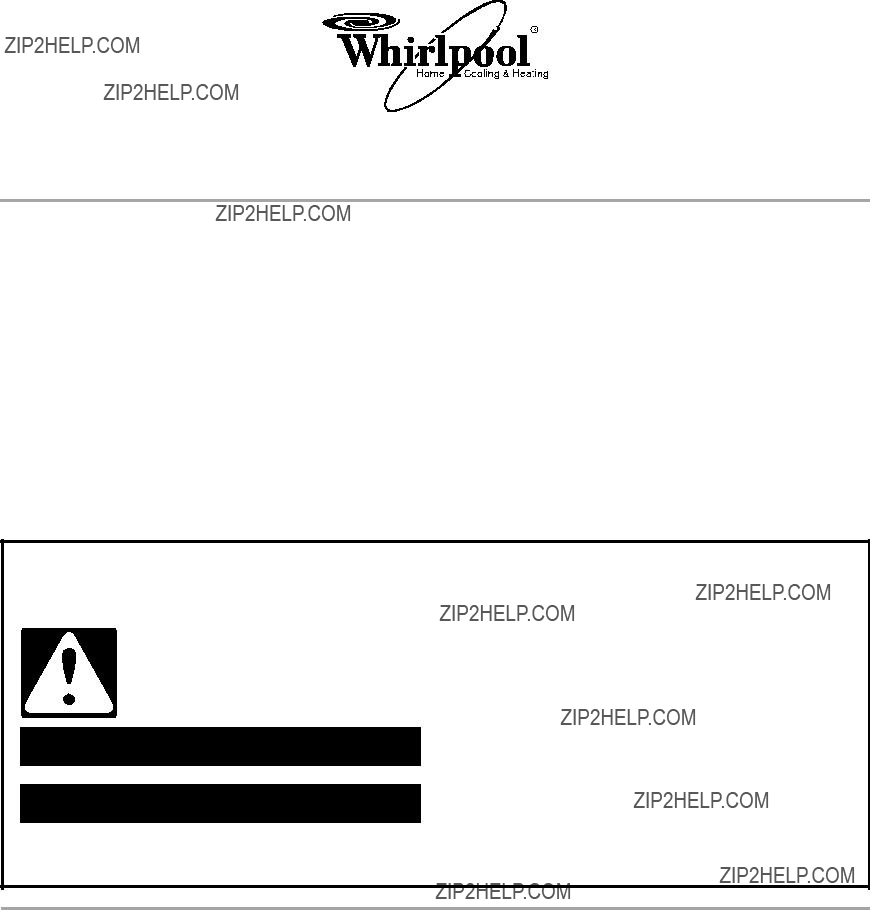
 DANGER
DANGER WARNING
WARNING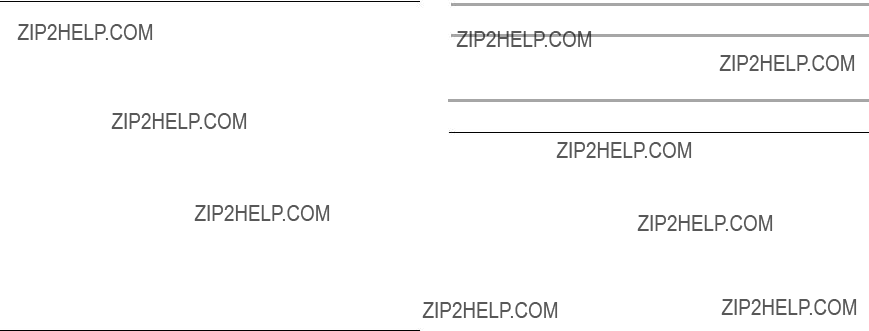


 WARNING
WARNING WARNING
WARNING

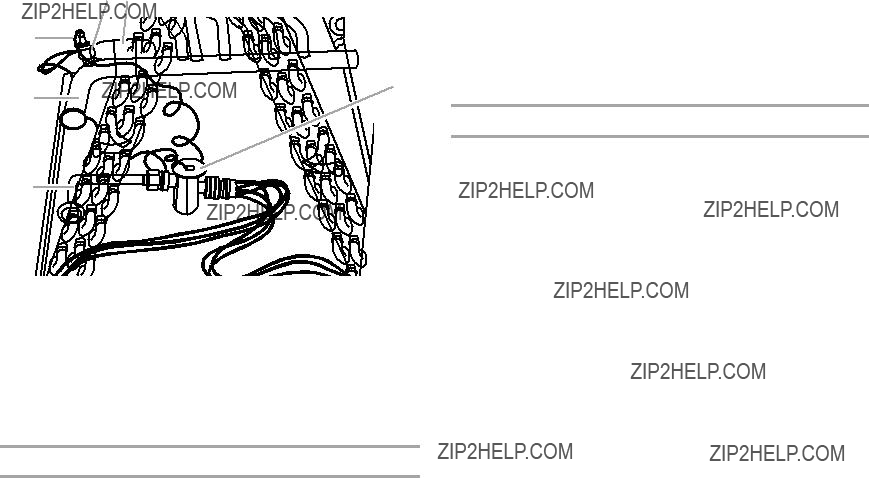


 WARNING
WARNING WARNING
WARNING



 WARNING
WARNING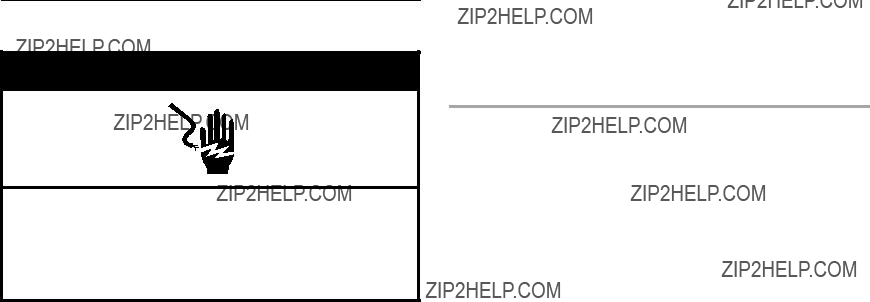
 WARNING
WARNING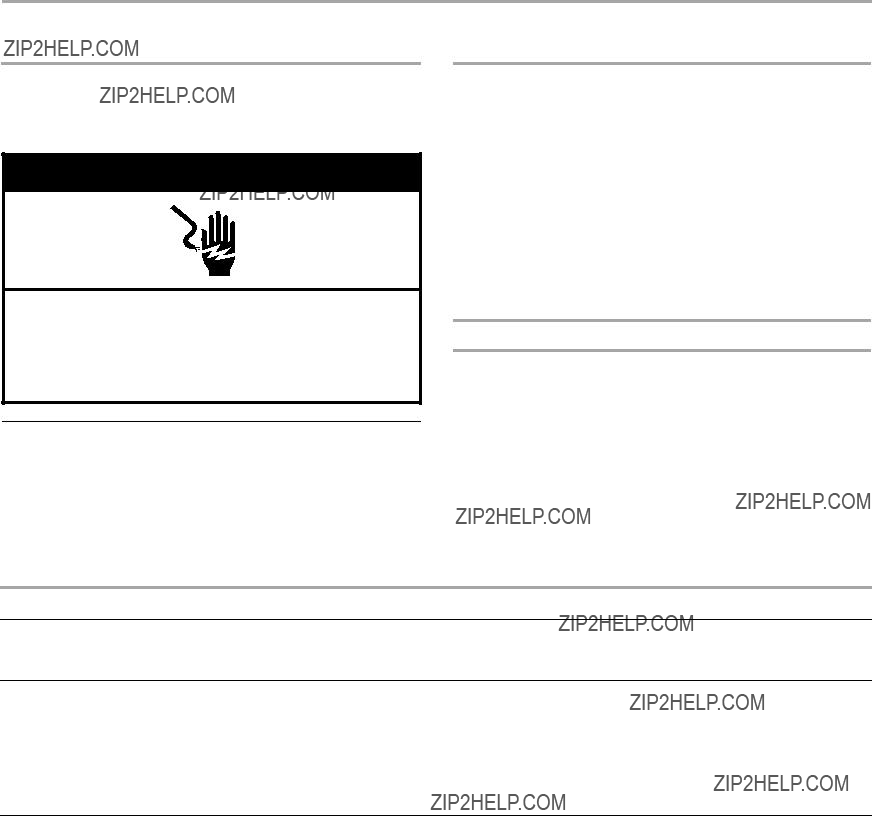
 WARNING
WARNING
